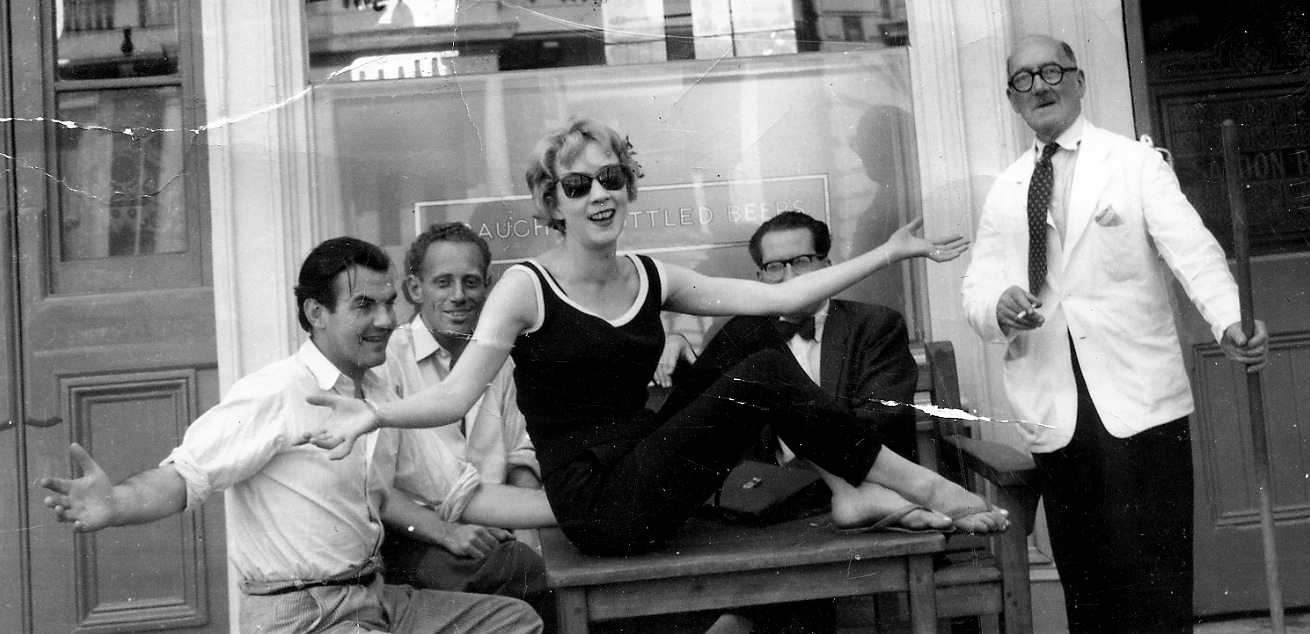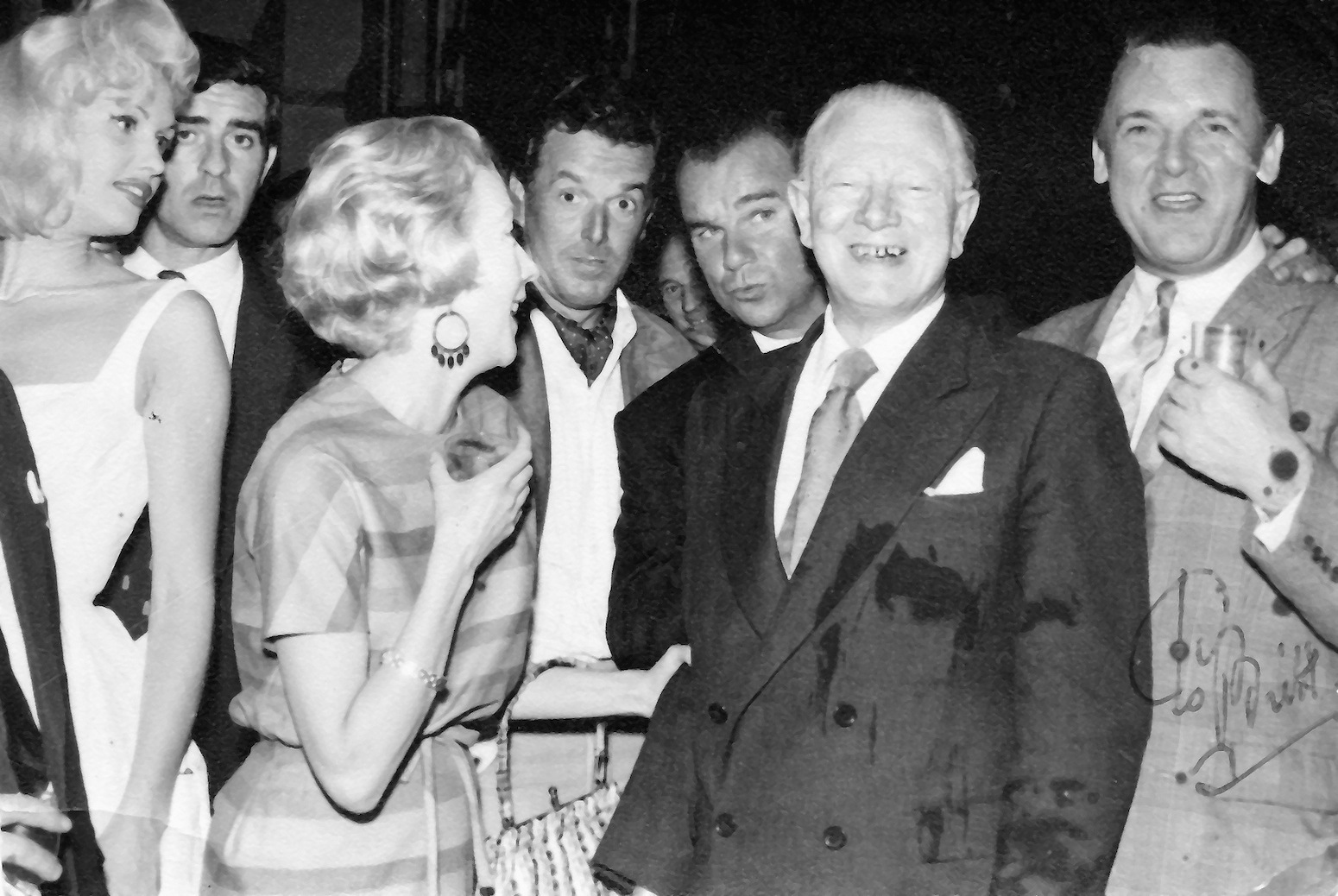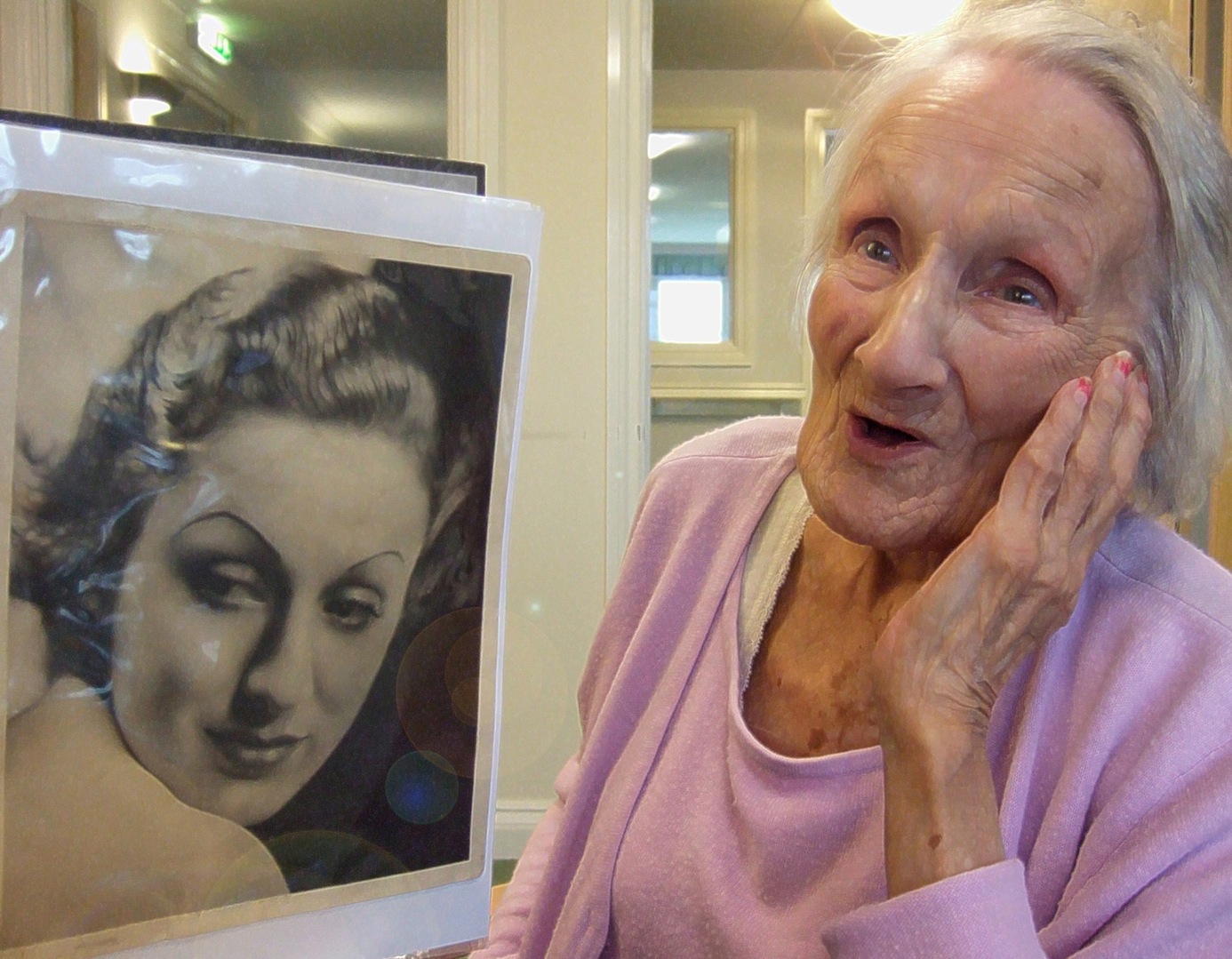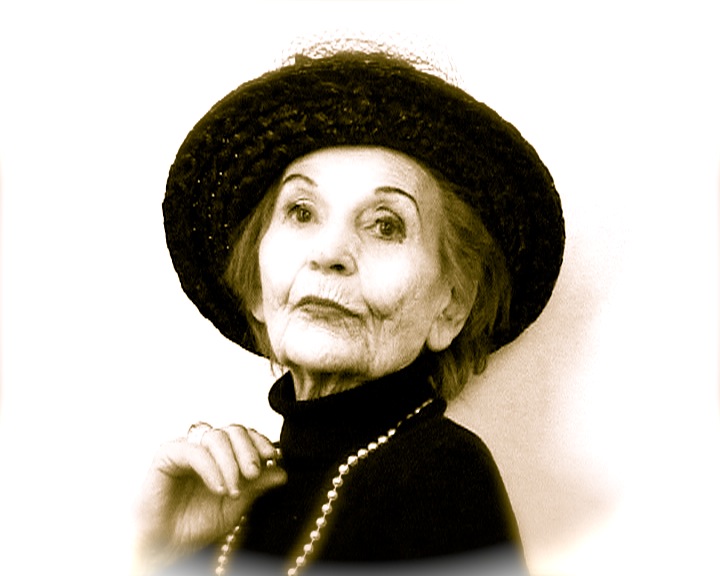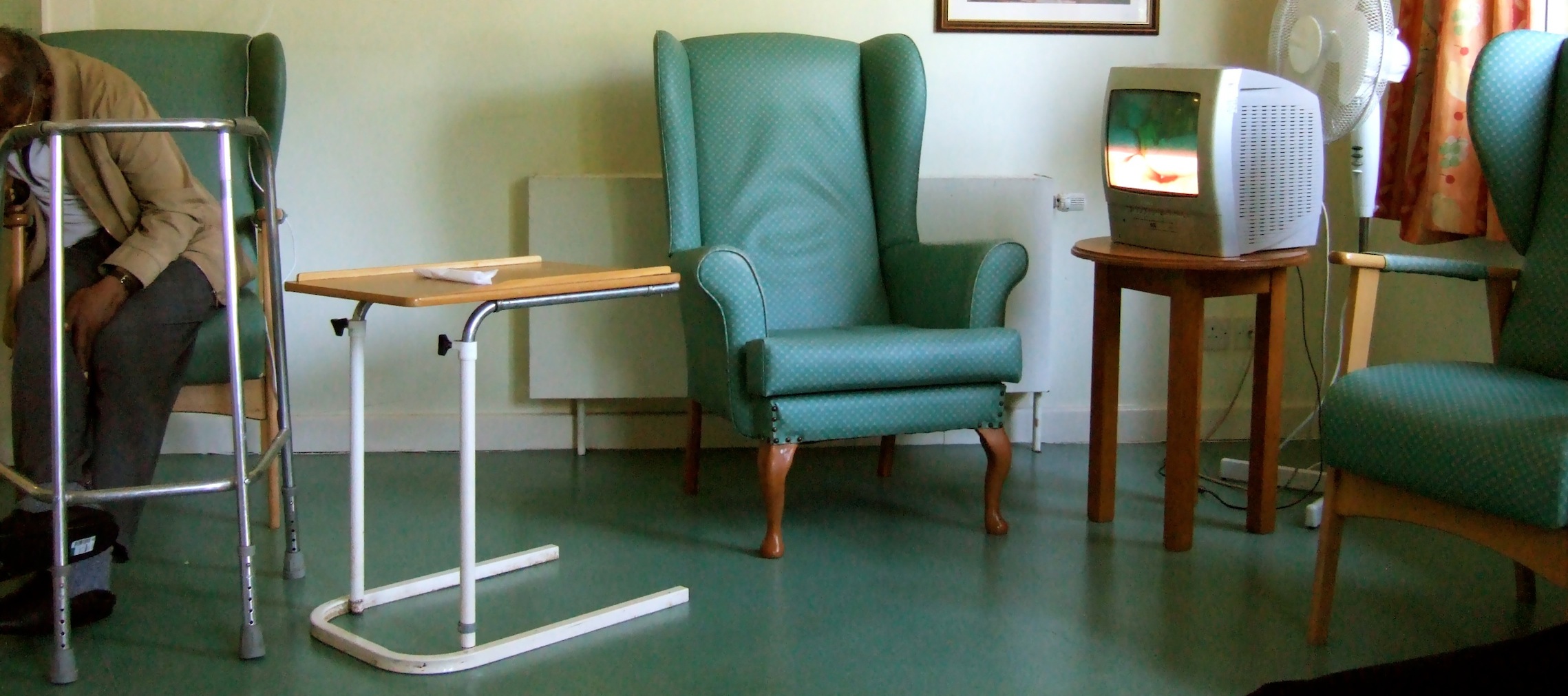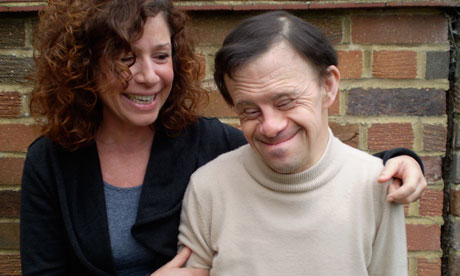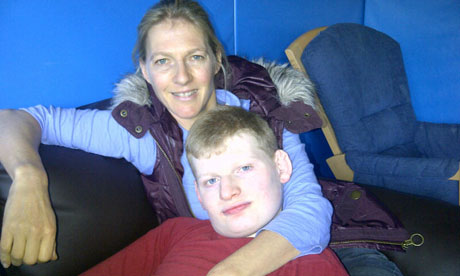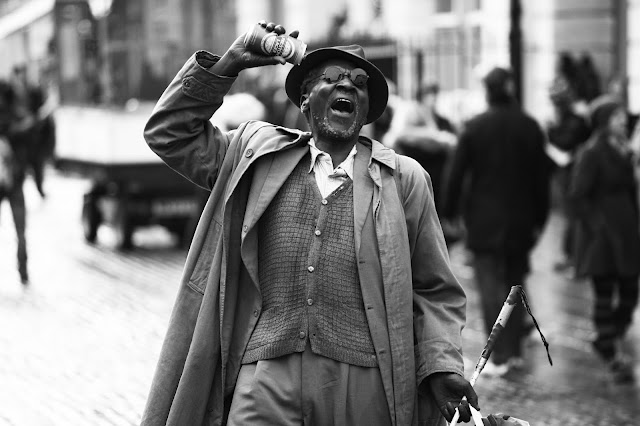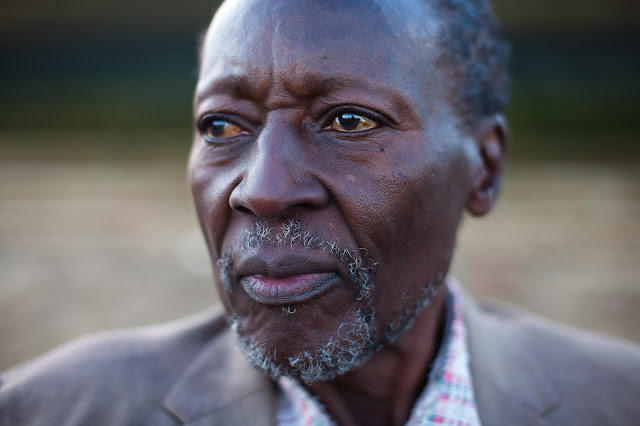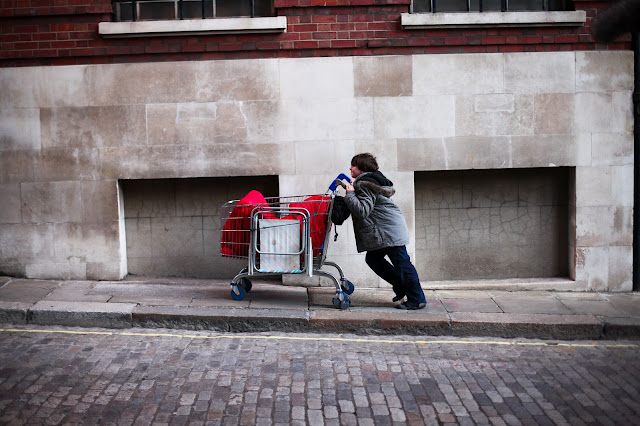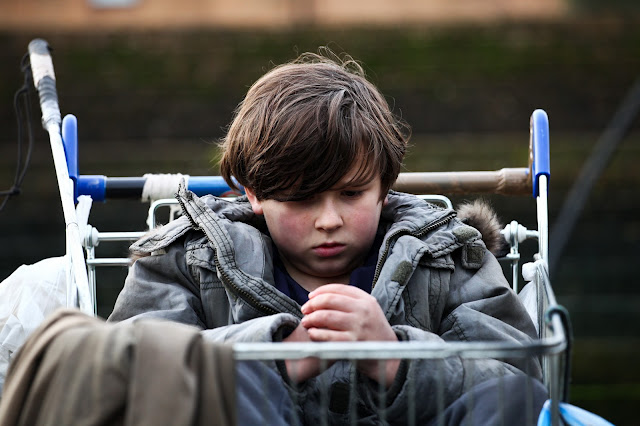
Amusing though this incident from a few years ago is, it demonstrates how few people know about fragile X, the most common form of inherited learning disability estimated to affect at least 1 in 4000 males and 1 in 6000 females.
It is European fragile X awareness day next week, Wednesday 10 October, and the aim is to raise the profile of the syndrome in 16 countries across Europe.
Above, Kate Spicer and her brother Tom at a concert in the fragile x film Mission to Lars (photo: Mission to Lars)
I recently went to a screening of the film Mission To Lars, which features a man with the syndrome as its central subject, and I didn’t quite know what to expect.
But in fact all of us who are affected by fragile X can identify with this film in so many ways. The main reason I feel it’s such an important film is that it raises awareness of fragile X in a touching and moving way.
Tom’s obsession with Lars reminded me of my daughter’s obsession with the singer Noel Sullivan which began after she watched Popstars, the 2001 reality TV show that he was featured in. Even now she’ll mention him randomly in conversations, imagining what song he’ll be singing, or incorporate him in doodles, and likes to look up his latest show on the internet.
On the plus side, her obsession gives her something to talk about and do (from printing off photos to flicking through show brochures) and it’s definitely sparked an interest in musical theatre and music. The flip side is that she constantly repeats herself when talking about him (“when are we going to see the show?”) and it’s totally removed from reality.
The scenes in the film which show Tom hesitating to meet the drummer he hero-worships reminded me of the time when Raana went to see her own idol in a West End show but then got cold feet and refused to go backstage to meet him. I was left standing opposite him – he’d very kindly come out to say hello to her – holding a mug she’d made for him in a pottery class while Raana ran to the other end of the pavement, waving shyly.
Another striking similarity was when Tom relaxes when, during the filming, he “helps” with sound recording. Raana also feels more comfortable when she has something to do, like helping with cooking when the whole family’s together. She likes to have a role rather than feel like a spare part.
The relationship between the three siblings (the love and support Kate and Will give their brother Tom was very touching) reminded me of the relationship between Raana and her two older sisters.
What moved me most was Tom’s bravery and how he overcame his anxiety. Routine is very important to people with fragile X and for him to leave his familiar surroundings and travel hundreds of miles on this adventure was admirable.
If you see the film, it’ll give you a better understanding of fragile X and of how it affects not only the individual, but the family dynamics and siblings. For people who have a FX member of family, it makes you feel are if you’re not alone. Watching some of Tom’s reactions, I couldn’t help but think “I’ve been there”.
Although I saw Mission to Lars before the Paralympics, the summer’s sporting events did make me hope that more people would be more aware of disability and learning disability issues, and people’s attitudes should change for the long-term. Films like Mission to Lars will help bring about this change.

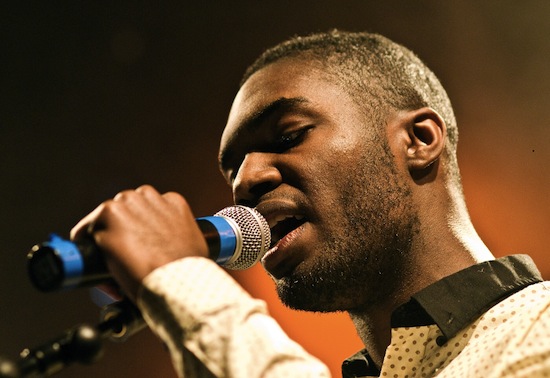
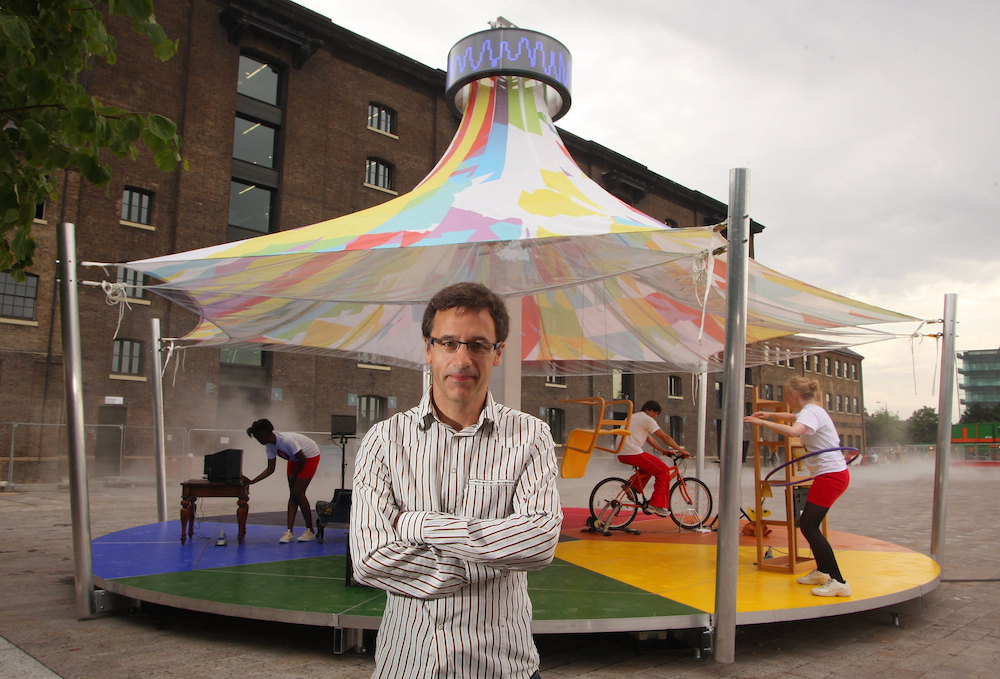

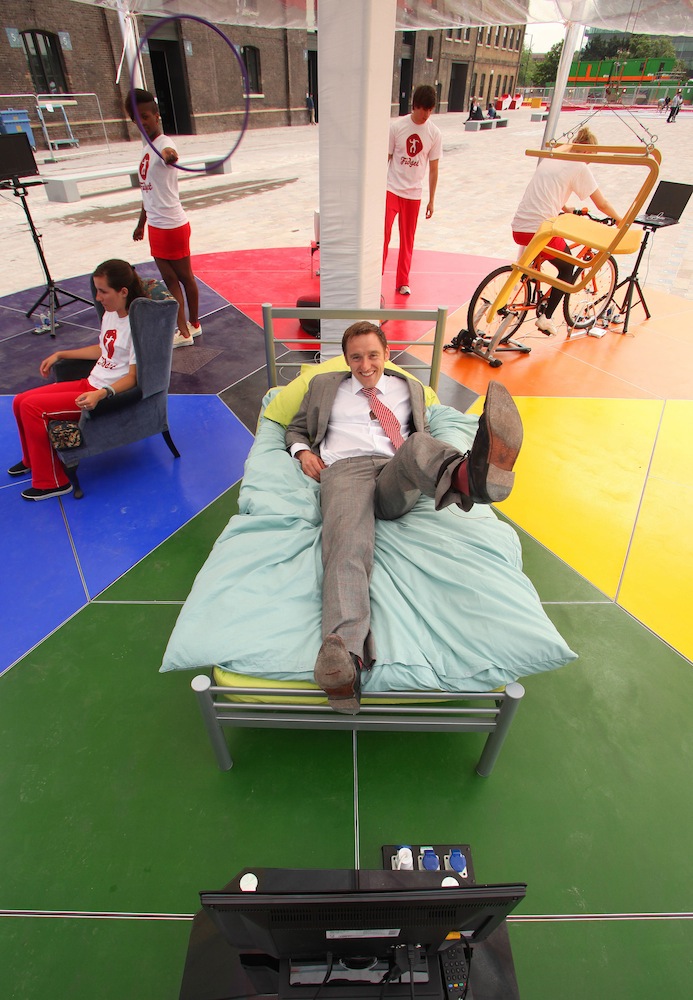
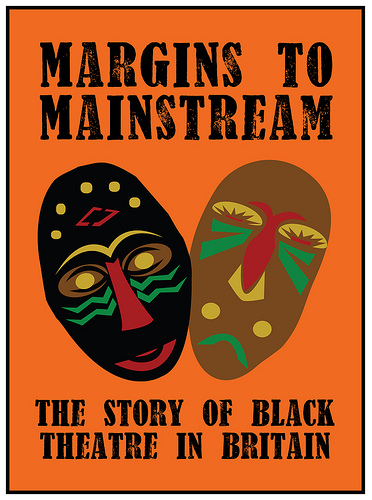 The term black theatre might conjure up images of a niche and very 20th century concept, but from
The term black theatre might conjure up images of a niche and very 20th century concept, but from 